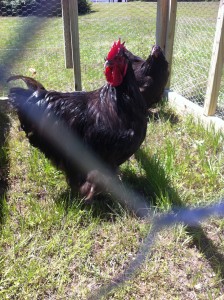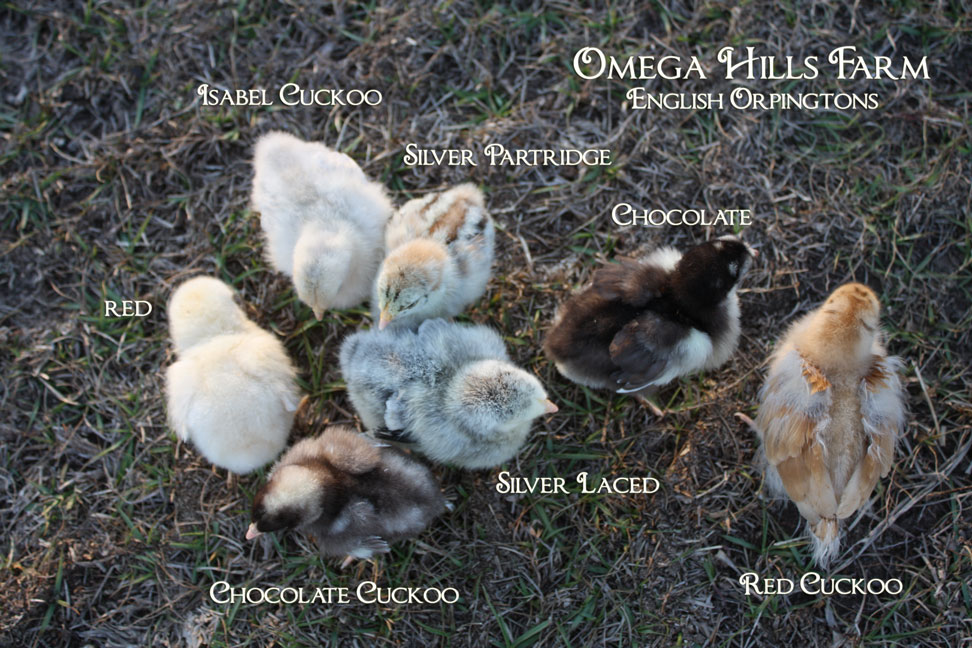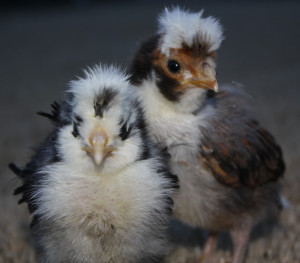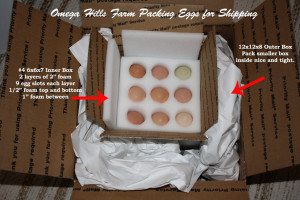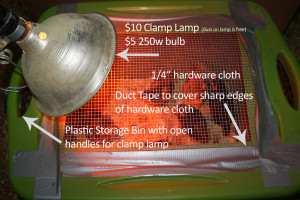Here is a picture of the two newest tractor frames on the farm. While we still have some traditional coops, we are transitioning to mobile tractors. It does require more daily work due to the fact the chickens are in a different place every day and hauling feed and water to them is a chore. However, they are much happier being on fresh grass and bugs every day versus the barren dirt runs a traditional coop provides.
Here are some updated pics of the completed tractors and their new occupants.
We will be busy for the rest of the spring making quite a few more of these tractors. If anyone is interested in a rough plan let us know and we will send it to you.







